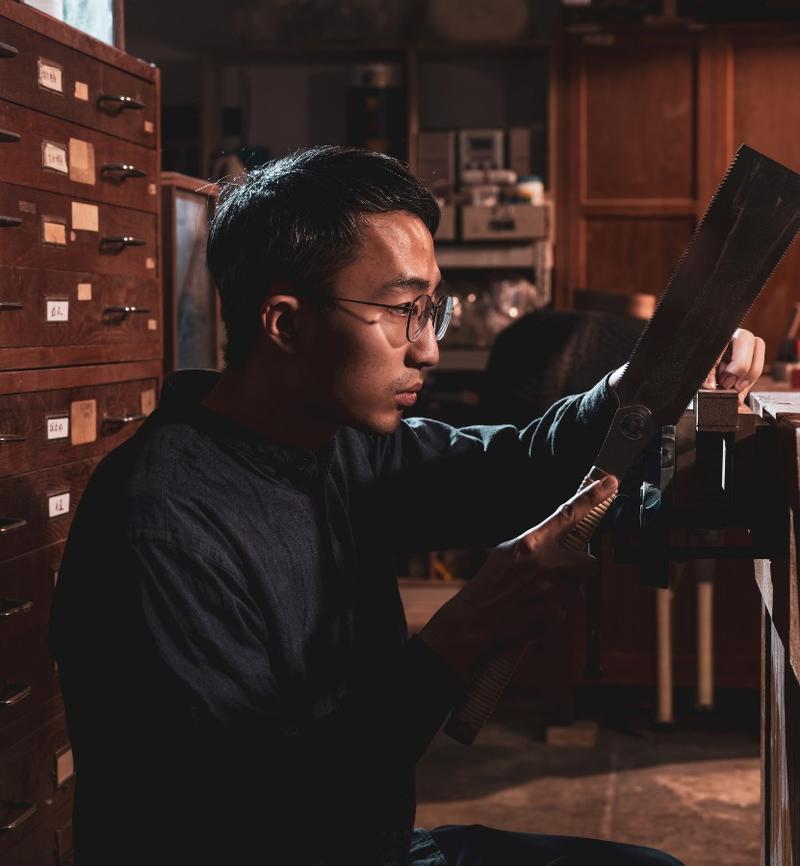The fine art of chiseling timber
Woodworking was a dying industry in Hong Kong until shifting sensibilities and a particularly fierce typhoon prompted a revival. Faye Bradley uncovers what matters most to today's woodwork aficionados.



In addition, the past decade has seen more professional and amateur wood craftsmen participating in classes, and sculpting toys, furniture and tableware. "Although we may just be at the beginning of the revival of the woodwork industry in Hong Kong, I believe that the industry will have a resurgence under a new model in the following 20 or 30 years," says Chow, also a co-curator of Stories Encapsulated.
The family-run Chi Kee Sawmill & Timber in Sheung Shui is possibly the largest of Hong Kong's surviving traditional sawmills. Wong Hung-kuen took over the 10,000-square-foot space from his father, who founded the company in 1946. "There are over 100 years of history in the Hong Kong woodworking industry, and although it's changed, it will always exist," says Wong. Interestingly, the sawmill has a cult social media following, its digital channels managed by Wong's daughter. Before the pandemic put a pause on such activities, the company regularly hosted workshops that filled up quickly - a positive sign of the public's renewed interest in the woodworking tradition.
























